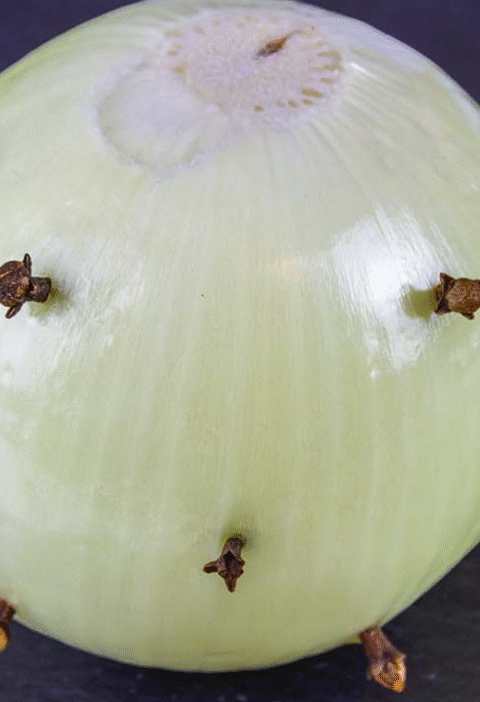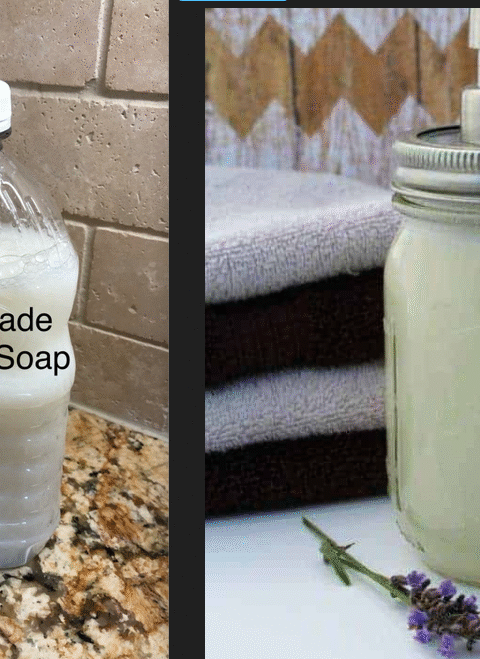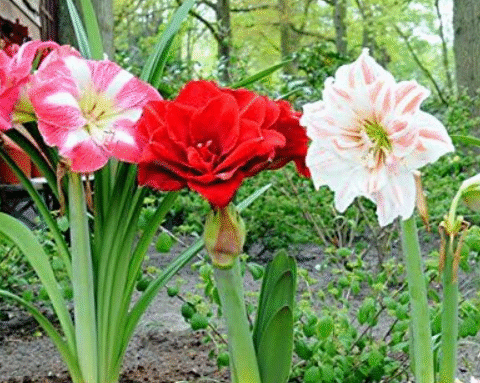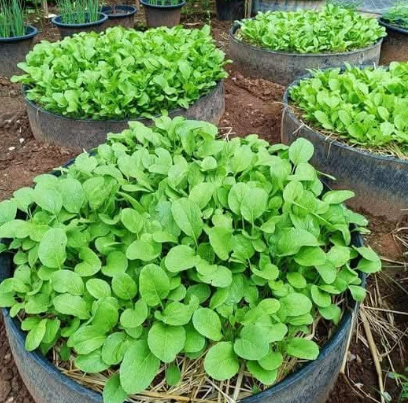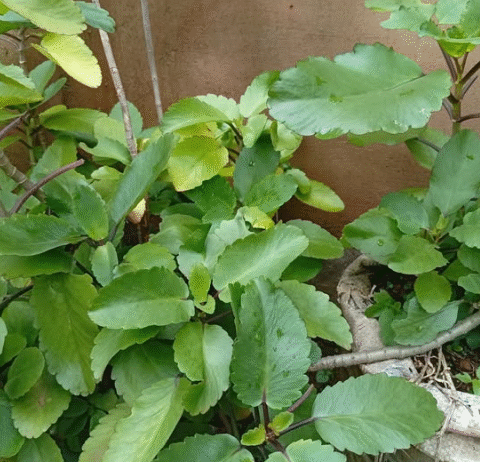🌿 Growing Celery at Home from a Stalk: A Simple & Sustainable Guide
Celery is a crisp, refreshing, and highly nutritious vegetable packed with antioxidants, vitamin K, and essential minerals. But did you know you can grow it at home using just a leftover stalk? 🧃🥬 This eco-friendly and cost-effective method is perfect for kitchen gardeners who want fresh produce without buying seeds.
🧪 Why Regrow Celery from a Stalk?
- ✅ Zero Waste: Reuse kitchen scraps to grow new plants
- 💰 Money-Saving: No need for seeds or starter kits
- 🌱 Easy for Beginners: No gardening experience required
- 🏡 Perfect for Indoors: Can be started on a windowsill
🛠️ What You’ll Need
- 🥬 Fresh celery stalk (with base intact)
- 💧 A clear glass or vase
- 📌 Toothpicks or skewers (optional for support)
- 🌱 Potting soil or compost-enriched garden bed
- 🪴 A pot or space in the garden with good drainage
🌿 Step-by-Step Guide to Growing Celery from a Stalk
Step 1: Select a Fresh Celery Base
Choose a celery bunch with a firm, healthy base and green inner leaves. You can use store-bought celery as long as the base is intact.
Step 2: Trim and Prep
Cut the celery stalks about 5 cm above the root base. Remove outer stalks and leaves, keeping the central heart intact. This is where the new shoots and roots will develop.
Step 3: Place in Water
Place the base in a shallow glass with about 2–3 cm of clean water. Keep the heart above the water. You can use toothpicks to hold it in place if needed.
Step 4: Choose a Bright Spot
Put the glass on a sunny windowsill or balcony. Celery loves light, so make sure it receives at least 6 hours of indirect sunlight daily.
Step 5: Change the Water Daily
Fresh water keeps bacteria away and encourages healthy root growth. Replace the water every 24 hours for optimal results.
Step 6: Watch for Growth
In 4–7 days, you’ll see tiny roots sprouting at the base and new green shoots emerging from the center. When roots reach about 3–5 cm, it’s time to transplant.
Step 7: Transplant into Soil
Choose a pot (20–25 cm deep) or a sunny garden bed with compost-rich, well-draining soil. Bury the celery base just deep enough to cover the roots, leaving the growing center above the soil.
Step 8: Ongoing Care
- 💦 Water consistently—celery likes moist soil but hates waterlogging.
- ☀️ Provide partial to full sun exposure (6–8 hours per day).
- 🌿 Use organic fertilizer every 2–3 weeks to support growth.
📅 Celery Growth Timeline
| Stage | Time | What Happens |
|---|---|---|
| Water Propagation | 0–7 days | Roots and new green shoots appear |
| Transplanting | After 7–10 days | Move to soil once roots are 3–5 cm long |
| Active Growth | 2–6 weeks | Outer stalks thicken, leaves expand |
| Harvest Time | 60–90 days | Cut outer stalks and let the center keep growing |
👩🌾 Expert Gardening Tip
Prof. Lian Harper, Horticulture Educator: “Celery is a perfect starter plant for kids and beginners. Water propagation teaches patience and is surprisingly reliable, especially in spring.”
❓ Frequently Asked Questions
- Can I regrow celery more than once?
No, once harvested, the celery won’t regrow a second full bunch. Start again with a new base. - Does celery need full sun?
Celery prefers 6–8 hours of light, but partial shade works too. - Can I grow celery indoors?
Yes! A sunny window or grow light is sufficient. - How often should I water celery?
Keep soil evenly moist. Check soil daily and water when the top feels dry. - What kind of soil does celery prefer?
Loose, compost-rich, and well-drained soil with a pH between 6.0–7.0. - Do I need fertilizer?
Celery is a heavy feeder—use liquid fertilizer every 2–3 weeks. - What pests affect celery?
Aphids and slugs are common. Neem oil and crushed eggshells help control them. - Can I harvest stalks individually?
Yes! Start with outer stalks once they’re thick enough, leaving the inner ones to grow. - What temperature is best for celery?
Cool temperatures (15–21°C / 59–70°F) are ideal. - How long does celery take to fully mature?
Typically, 60–90 days from transplanting.
🌼 Final Thoughts
Growing celery from a stalk is one of the most satisfying and sustainable gardening projects you can do at home. It’s easy, educational, and gives you a steady supply of fresh, crunchy celery. 🥬💧 Whether you’re a gardening newbie or a seasoned green thumb, this method brings joy to your kitchen and your garden alike.
Try it today and let your countertop scraps bloom into full-grown produce!

